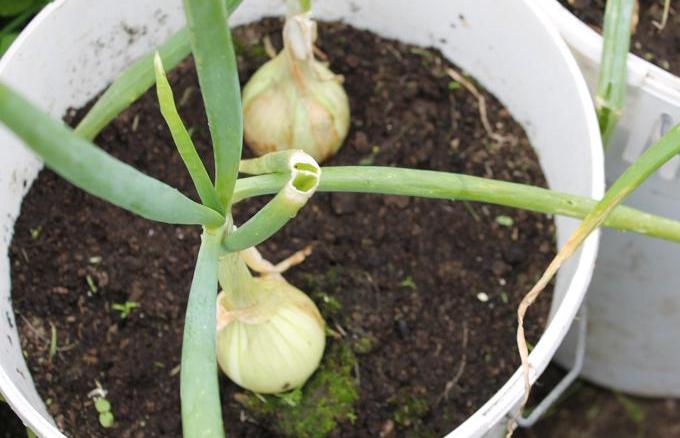[dropcap style=”font-size:100px; color:#992211;”]A[/dropcap]nd on the pedestal these words appear:
`My name is Ozymandias, King of Kings:
Look on my works, ye mighty, and despair!’
Nothing beside remains. Round the decay
Of that colossal wreck, boundless and bare,
The lone and level sands stretch far away.
– Extract from ‘Ozymandias’ by Percy Bysshe Shelley
The burghers of Catal Huyuk knew it. The elders of Ur knew it too. Nikita Khruschev found it out when he tried to make a breadbasket of Siberia, and the American dustbowl of the ‘dirty thirties’ should have prepared him for that.
You can’t grow the grain, you don’t get to reign.
Great civilisations have fallen because they failed to prevent the degradation of the soils on which they were founded. The modern world could suffer the same fate.
This is according to Professor Mary Scholes and Dr Bob Scholes who have published a paper in top scientific journal, Science, which describes how the productivity of many lands has been dramatically reduced as a result of soil erosion, accumulation of salinity, and nutrient depletion.
Nutrients
“Cultivating soil continuously for too long destroys the bacteria which convert the organic matter into nutrients,” says Mary Scholes, who is a Professor in the School of Animal, Plant and Environmental Sciences at Wits University.
Although improved technology – including the unsustainably high use of fertilisers, irrigation, and ploughing – provides a false sense of security, about 1% of global land area is degraded every year. In Africa, where much of the future growth in agriculture must take place, erosion has reduced yields by 8% and nutrient depletion is widespread.
Fertility
“Soil fertility is both a biophysical property and a social property – it is a social property because humankind depends heavily on it for food production,” says Bob Scholes, who is a systems ecologist at the Council for Scientific and Industrial Research.
Soil fertility was a mystery to the ancients. Traditional farmers speak of soils becoming tired, sick, or cold; the solution was typically to move on until they recovered. By the mid-20th century, soils and plants could be routinely tested to diagnose deficiencies, and a global agrochemical industry set out to fix them. Soil came to be viewed as little more than an inert supportive matrix, to be flooded with a soup of nutrients.
This narrow approach led to an unprecedented increase in food production, but also contributed to global warming and the pollution of aquifers, rivers, lakes, and coastal ecosystems. Activities associated with agriculture are currently responsible for just under one third of greenhouse gas emissions; more than half of these originate from the soil.
Soil ecosystem
Replacing the fertility-sustaining processes in the soil with a dependence on external inputs has also made the soil ecosystem, and humans, vulnerable to interruptions in the supply of those inputs, for instance due to price shocks.
However, it is not possible to feed the current and future world population with a dogmatically “organic” approach to global agriculture. Given the large additional area it would require, such an approach would also not avert climate change, spare biodiversity, or purify the rivers.
To achieve lasting food and environmental security, we need an agricultural soil ecosystem that more closely approximates the close and efficient cycling in natural ecosystems, and that also benefits from the yield increases made possible by biotechnology and inorganic fertilisers.
Source: University of the Witwatersrand
Photo: Sunny Keenan

Some of the news that we find inspiring, diverting, wrong or so very right.






















